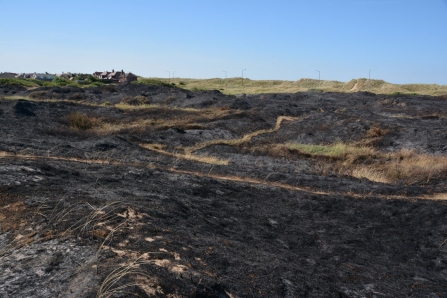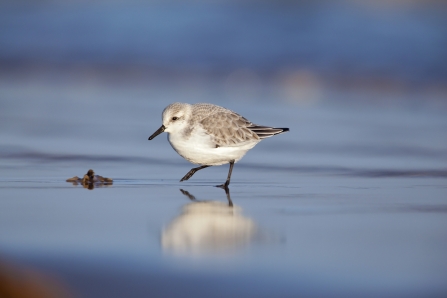It really saddened me this week as I drove along Clifton Drive North, past the fire-scarred Lytham St Annes Local Nature Reserve.
We lost something in the region of 20 per cent of the nature reserve during the fire in early July. That means a lot of creatures and plants were probably killed and it will take some time for it to return to provide habitat for birds, insects and amphibians.
If you look at plants in the dunes there are more than 280 vascular plant species, including several internationally rare plants, including the yellow-flowered Isle of Man cabbage. More than 150 species of butterflies and moths have been recorded there as well as lots of other insects. The dunes are also home to ground-nesting birds like stonechats, skylarks and reed buntings.
So you can understand my sadness at the damage, seemingly caused by a careless barbecue party.



